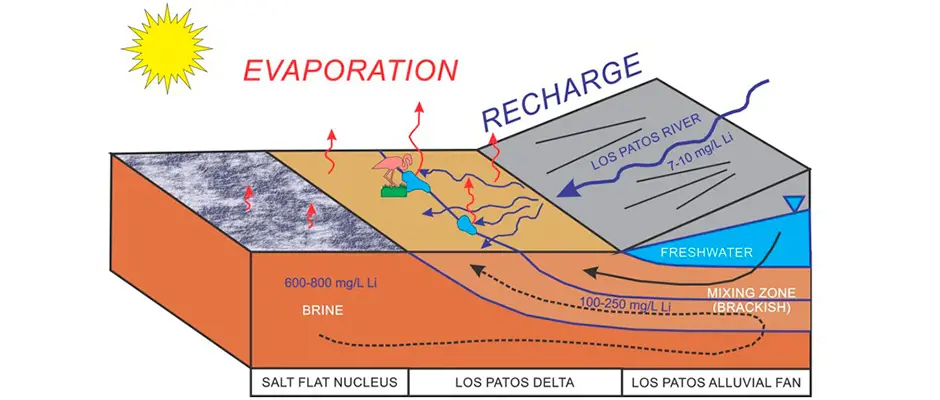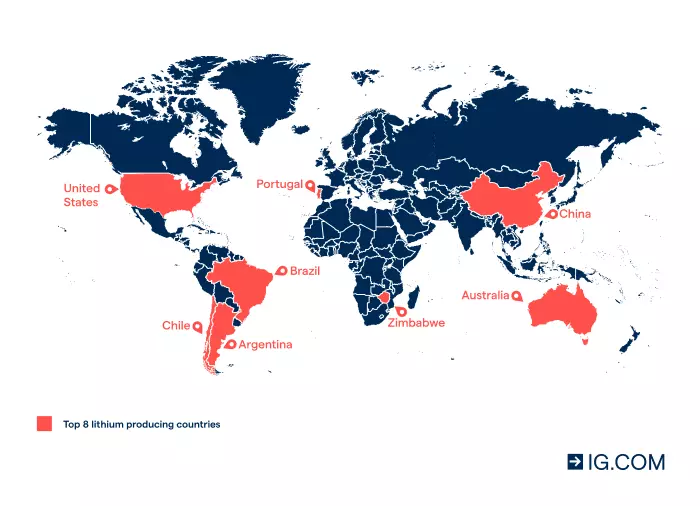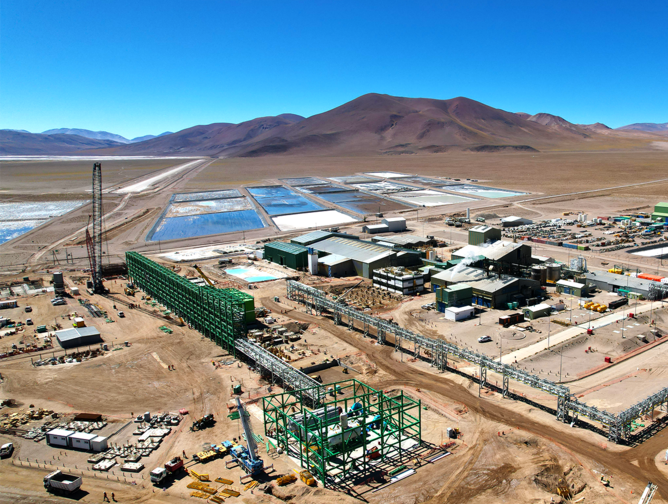Lithium Mineral Resources

Lithium mineral resources refer to naturally occurring concentrations of lithium-bearing minerals that can be economically extracted and processed. As demand for lithium surges—driven by electric vehicles, energy storage, and consumer electronics—understanding the global distribution and types of lithium resources has become increasingly important.
Here’s a detailed look at lithium mineral resources, including major deposit types, key producing regions, and future outlook.
1. Types of Lithium Mineral Resources
Lithium occurs in several geological settings, with the most economically viable sources being:
- Hard Rock (Pegmatite Deposits): Rich in lithium-bearing minerals like spodumene, lepidolite, and petalite.
- Brine Deposits: Lithium is dissolved in salt-rich waters found in salt flats (salars) and closed basins.
- Clay Deposits: Lithium is adsorbed onto clay minerals and can be extracted using acid leaching or other methods.
- Geothermal Brines: Emerging source where lithium is recovered as a byproduct of geothermal energy production.

2. Major Lithium-Producing Countries
The top countries with significant lithium mineral resources include:
- Australia: World’s largest hard rock lithium producer (mainly spodumene).
- Chile: Leading brine producer in the Lithium Triangle (shared with Argentina and Bolivia).
- China: Major processor of lithium and producer from both brines and hard rock.
- United States: Developing lithium from clay and geothermal sources.
- Canada and Brazil: Emerging players with active lithium exploration and mining projects.

3. Hard Rock Lithium Resources
Hard rock lithium deposits are typically found in granite pegmatites. These deposits are mined using conventional open-pit or underground methods. Australia’s Greenbushes mine is the largest and highest-grade hard rock lithium mine in the world.

4. Lithium Brine Resources
Brine deposits are concentrated in the Lithium Triangle of South America. Lithium is extracted by pumping brine into evaporation ponds, where water evaporates over months, leaving behind concentrated lithium salts.

5. Future Growth and Exploration
As demand for lithium continues to rise, new lithium projects are being developed globally. Exploration is expanding into:
- North America: Nevada (clay deposits), Quebec (pegmatites)
- Africa: Zimbabwe, Mali, and Namibia are seeing increased lithium mining activity
- Europe: Serbia (clay), Portugal (pegmatites), and Germany (geothermal brines)
These developments aim to diversify supply chains and reduce reliance on a few dominant producers.

FAQs
Q1: What are the main sources of lithium mineral resources?
A1: The main sources are hard rock pegmatites, brine deposits, clay deposits, and geothermal brines.
Q2: Which country has the largest lithium resources?
A2: Chile holds the largest lithium reserves, while Australia is the top producer.
Q3: Can lithium be mined from clay?
A3: Yes, lithium-rich clays in the U.S., Serbia, and China are being developed as alternative lithium sources.
Conclusion
Lithium mineral resources are diverse and globally distributed, with hard rock, brine, and clay deposits each playing a key role in meeting rising demand. As the clean energy transition accelerates, expanding and diversifying lithium production from these resources will be essential for a stable and sustainable supply chain.

